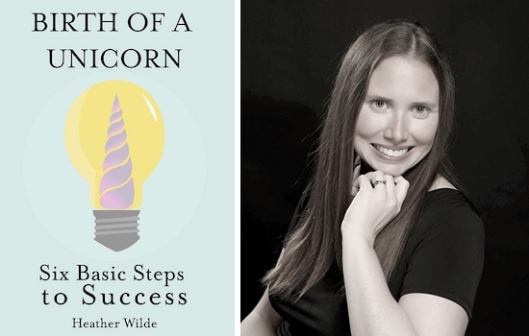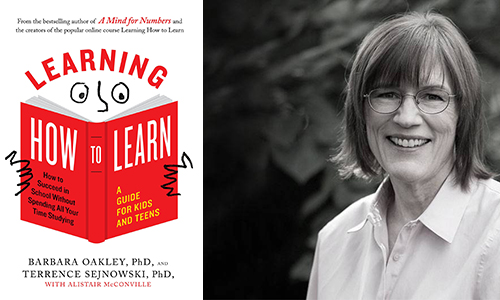Tags
I received this book thanks to Virtual Author Book Tours
in exchange for a honest review.
I will start on this occasion by pointing out what the synopsis of this book promises because, having finished it, I think I have read a totally different book:
In this book, you’ll find the true story behind one of Silicon Valley’s famous companies on its rise to the top. Peek behind the curtain as you see the highs and lows from an insider perspective, on the roller coaster that is the startup life. What emerges is a lasting friendship, a billion-dollar company, and an understandable framework of success for you to replicate.
How to find the balance between your career and personal life.
Why emotional awareness and critical thinking are as important as specialized knowledge.
How to identify the real skills you need to build a “Unicorn” team.
What is supposed to be a tale about the origins of Evernote, is actually an autobiography about a woman who worked for this app from the start, but managed to do so in an unconventional way: her own.
The Wildes were an ordinary couple living an ordinary life, usually miles away from each other because of the husband’s job as a pilot, when the attack on the Twin Towers occurred. I suppose that there are times when an external or internal event makes you pause and reflect about the mindless routines that shape our lives; it could be a terrorist attack, an illness, a killer pandemic… And, thus, the Wildes decided they wanted to live together, and to do so on a boat in Mexico. When Heather was asked to join Evernote, she put two conditions: one, to work remotely; two, to be paid (!!)
You need to read between the lines to know that Heather had already been in contact with the intricacies of Silicon Valley’s startups and that she knew that there were times and enterprises where you just had to show up and work not for money, but for a promise of a better, more profitable future, if it finally comes. She also had already made a name for herself, thanks to previous jobs, that led the founder of Evernote to want her in the team, and the road to gain that position in which her own conditions for the job are accepted is one of the points that are not really explained in the book and I would like to know more about.
In any case, both Wildes joined Evernote and they went to live on a boat in Mexico. The rest of the story goes back and forth in time with anecdotes of their time there: the problems when travelling with pets across borders; the good relationship with their neighbours; cultural shocks with the Mexicans, of course; and the intricacies of working endless hours for a startup that keeps growing.
The line that promises to teach you “how to find the balance between your career and personal life” is what I found most utterly misleading, even purposely deceiving, since the author explains in detail how they worked for more than 12 hours a day, worked every day also on holidays, and went to marathon sessions of in-person meetings, to finally collapse crying in an elevator in Evernote headquarters and decide to quit her job. Work-life balance? Sure.
In addition, the book ends with a Heather’s many-times-postponed visit to the doctor only to discover she had a tumor, having had an emergency operation while her husband was in another country for work (obviously).
There are parts of the story that soothe you into the graciousness of these businesses which were once managed by a few kind persons like you and me, like when she talks about the policy of providing premium access to homeless people and to people in areas affected by natural disasters. There are also truly interesting insights from a psychological point of view, such as the discovery that female tech supporters needed more interactions with the users to solve a problem and, therefore, they were less productive because they spent more time in solving one ticket, only to catch up with their male counterparts when they began to use men or gender-neutral names.
However, I cannot say this book really penetrates into the foundations and the development of Evernote. As I said before, this is a memoir of the time she worked for the company, with anecdotes of their time and routines in Mexico, as well as their trips to the headquarters in California; and the feeling that lingers after finishing the book is that, yes, they managed to work from what they consider paradise but, no, if you have two people working twelve hours per day, you really need three employees to do that job, and you are burning people out.
I have no doubt that the author loved working for the startup and seeing it grow, since she and her husband were an important part of it, and I have no doubt either that it was very remunerative for them after the increased popularity of Evernote; but I am positive that they should have had the chance to do so in another way—in a way in which she does not quit due to an anxiety breakdown, or neglects her health due to lack of time. After all, the only people to be remembered in a company like this, if any, are just the CEOs.
You can follow the tour and enter the giveaway to get a copy of the book here.

















